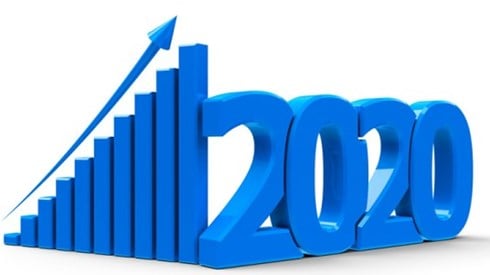ILS, Reinsurance Markets Show Resilience Despite 2020's Catastrophes

March 25, 2021

Despite the combined impact of elevated catastrophe activity and the COVID-19 pandemic during 2020, the insurance-linked securities (ILS) and traditional reinsurance markets demonstrated resilience at January renewals, according to A.M. Best.
In a new Best's Market Segment report titled Insurance-Linked Securities Market Weathers Elevated Catastrophe Activity and Global Pandemic in 2020, A.M. Best notes that global reinsurance capital returned to its pre-pandemic level of $485 billion as 2020 ended, including $88 billion of ILS capital and $397 billion of traditional reinsurance capital, according to estimates by Best and Guy Carpenter.
For the ILS market, 2020 was a record year for catastrophe bond issuance, driven primarily by a high volume of maturities and a number of new issuers, the rating agency said. New catastrophe bond issuance in 2021 could equal or surpass 2020's level, A.M. Best said.
The ILS market does face an ongoing issue of trapped capital due to actual and potential losses from natural catastrophe events before 2020 and the COVID-19 pandemic, along with "pre-emptive trapping"—capital trapped without specific reserves being submitted for damages as the pandemic continues, A.M. Best said.
"Some cedents accommodated ILS funds by rolling over their collateral into new contracts, rather than trapping it in anticipation of further COVID-19-related loss developments, although there is a risk that ceding companies could ask for the rolled-over collateral if losses emerge unfavorably," an A.M. Best statement said.
According to the report, such rollovers amount to "kicking the can down the road for COVID-19-related losses." A.M. Best said it believes the coming months may continue to lead to either court cases or arbitration to settle how much, if any, capital can be trapped, based largely on COVID-19-related incurred but not reported (IBNR) reserves, especially for business interruption or event cancellation coverages.
Expected rate increases in the retrocession, reinsurance, and ILS markets at January renewals did not materialize to expected levels due partially to additional capacity in the markets, A.M. Best said. "This influx of fresh capital mitigated the potential hardening market and helped the reinsurance market operate in a relatively orderly manner during renewals," the A.M. Best statement said. "Although the rate increases fell short of expectations in certain segments, they reversed the downward pricing trend of the past few years."
April and June renewals in catastrophe-affected areas will shed light on whether rate increases will continue, the rating agency said.
Copyright © 2021 A.M. Best Company, Inc., and/or its affiliates ALL RIGHTS RESERVED.
March 25, 2021


